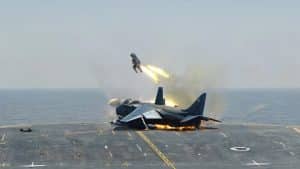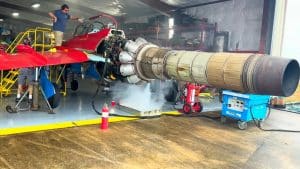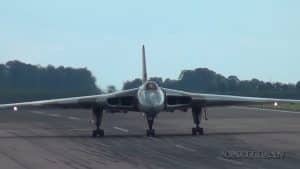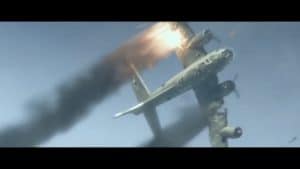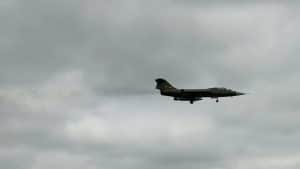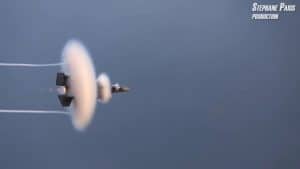The Company That Just Discovered USS Hornet Also Found 21 Other Ships
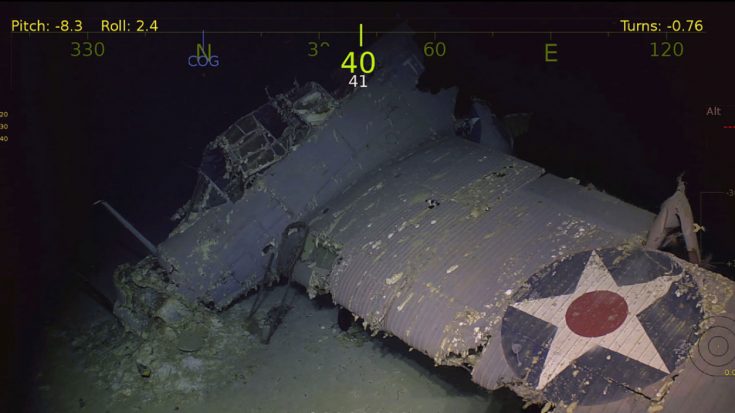
R/V Petrel / Instagram
In early February 2019, late Paul Allen’s exploration and conservation company Vulcan Inc. has done amazing work around the world. From pioneering expeditions to protecting wildlife, this umbrella company accomplished things no other corporation has.
In Paul Allen’s words:
“As long as we work together – with both urgency and determination – there are no limits to what we can achieve.”
A big part of the company is operating R/V Petrel. This remote-controlled submarine has discovered many World War II wrecks to date, 21 to be exact. The team’s mission is “finding and documenting historic shipwrecks” but it’s the response of the families of those lost that humbles them most and drives them to find more ships.
Since 2012, these are the ships R/V Petrel found and documented (sorted by depth:)
IJN Yamagumo
Sunk: October 25, 1944 | Found: November 27, 2017 | Depth: 384 ft.
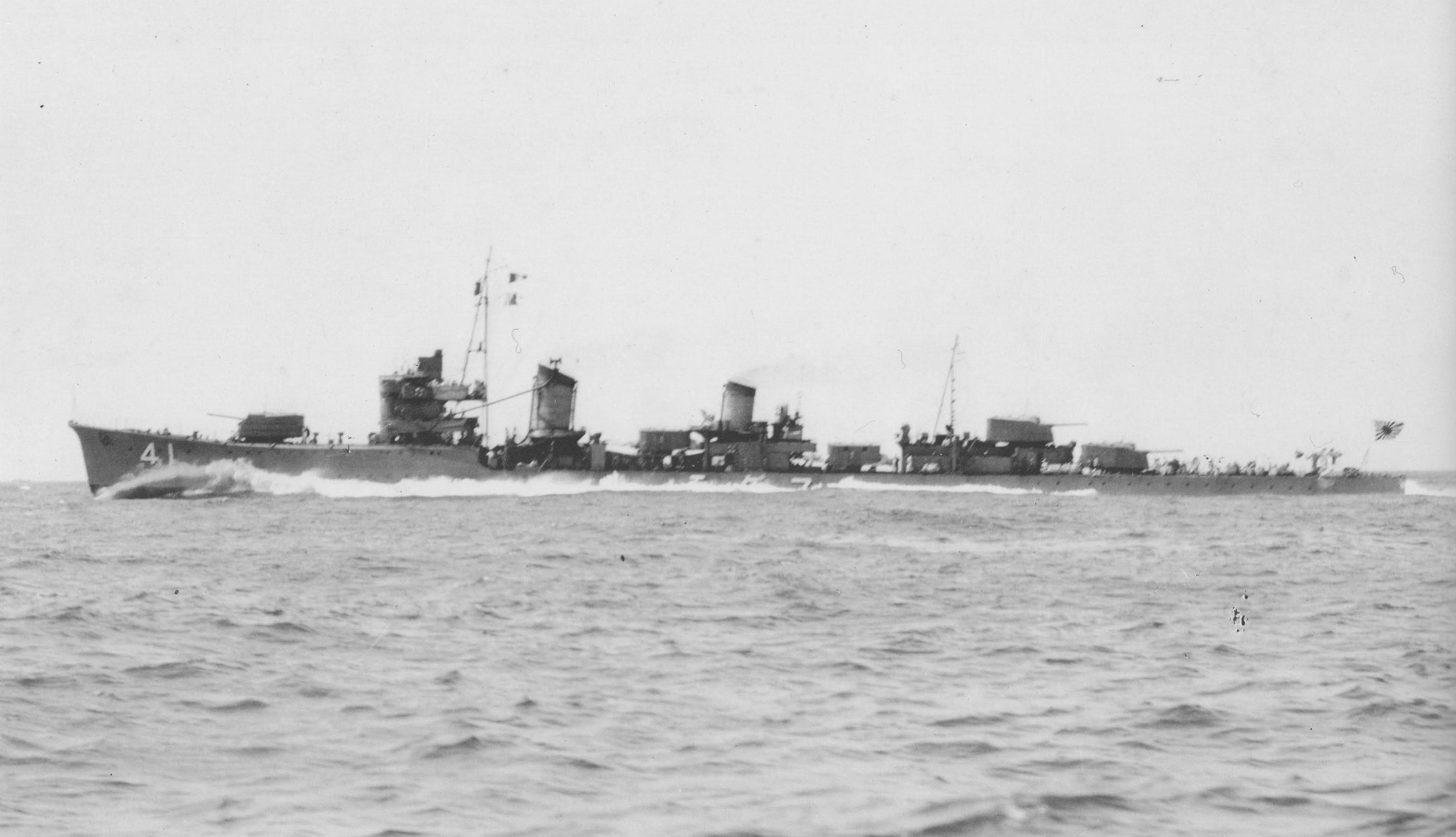
IJN Michishio
Sunk: October 25, 1944 | Found: November 27, 2017 | Depth: 581 ft.
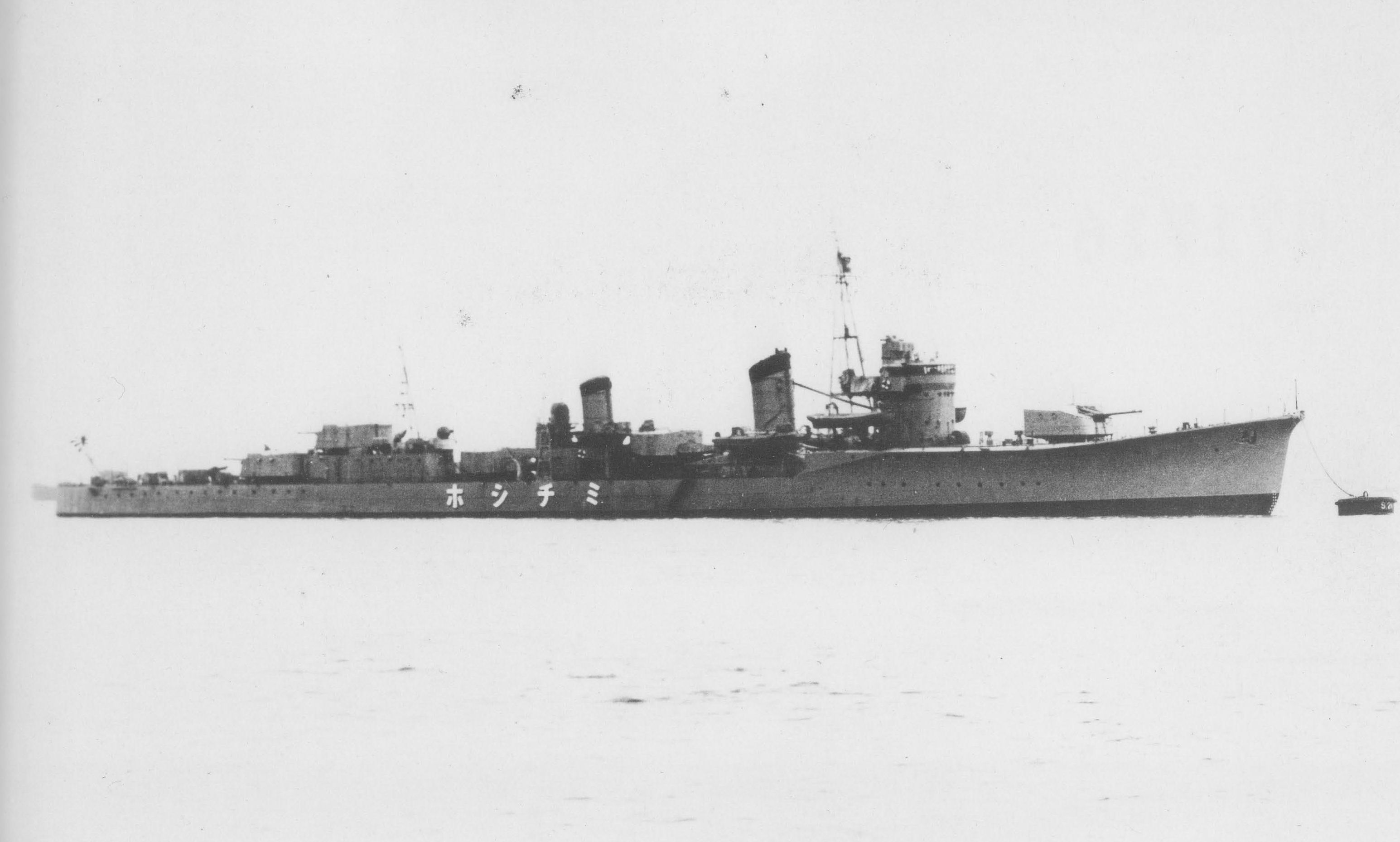
IJN Asagumo
Sunk: October 25, 1944 | Found: November 24, 2017 | Depth: 600 ft.
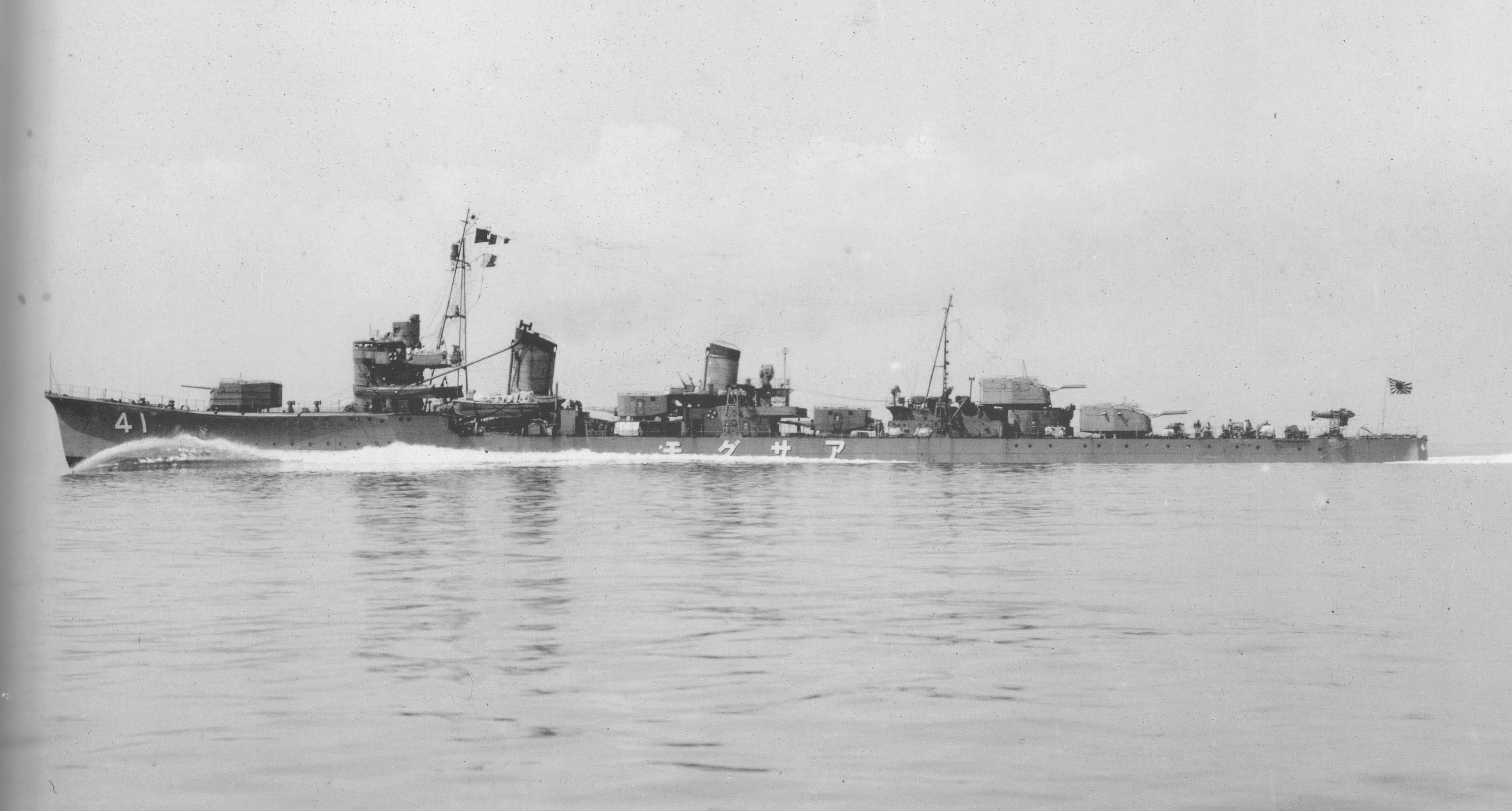
Shizuo Fukui – Kure Maritime Museum, Japanese Naval Warship Photo Album: Destroyers / Public Domain
https://www.instagram.com/p/BeNjDuVHWd5/?utm_source=ig_web_copy_link
IJN Fuso
Sunk: October 25, 1944 | Found: November 25, 2017 | Depth: 607 ft.

https://www.instagram.com/p/BeY_peSh3Ra/?utm_source=ig_web_copy_link
IJN Yamashiro
Sunk: October 25, 1944 | Found: November 23, 2017 | Depth: 627 ft.
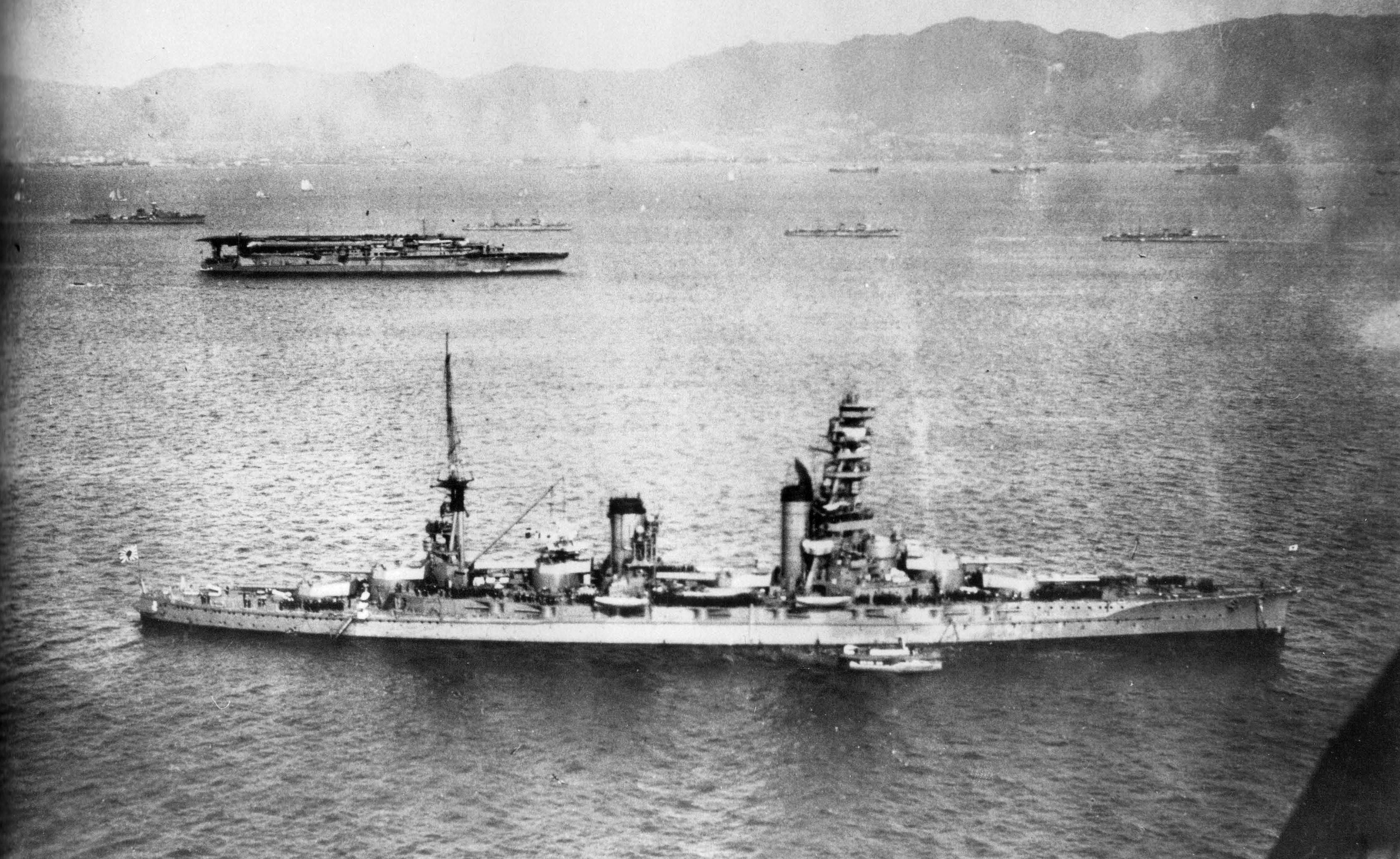
USS Cooper
Sunk: December 3, 1944 | Found: December 4, 2017 | Depth: 656 ft.
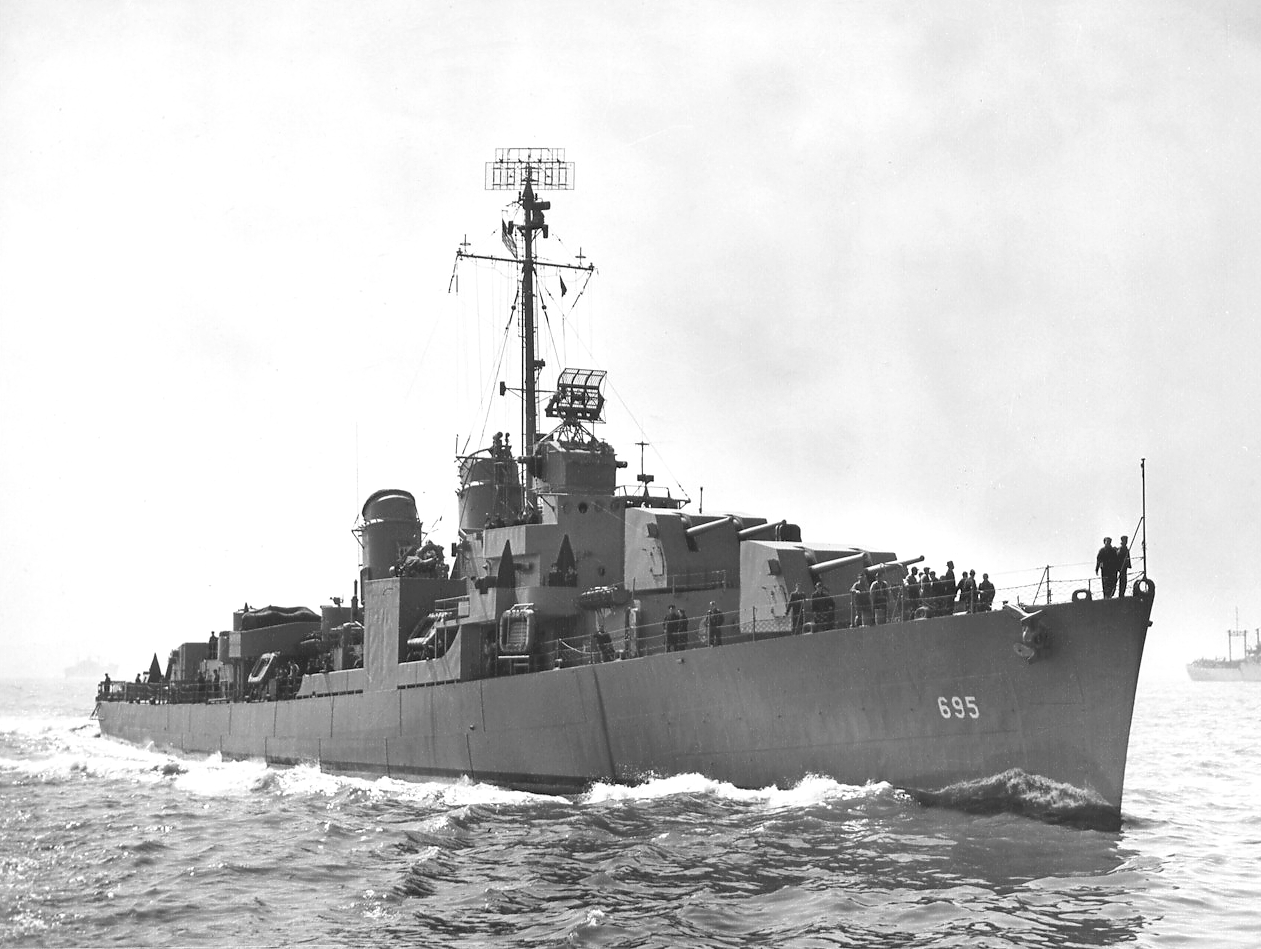
USS Ward
Sunk: December 1944 | Found: December 3, 2017 | Depth: 686 ft.
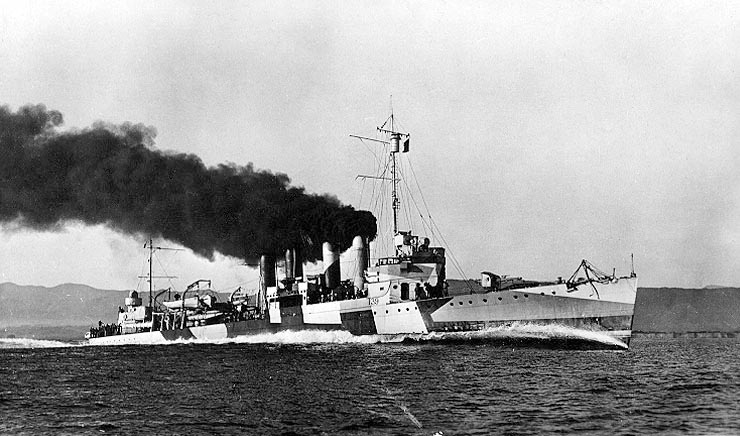
IJN Shimakaze
Sunk: November 11, 1944 | Found: December 1, 2017 | Depth: 715 ft.
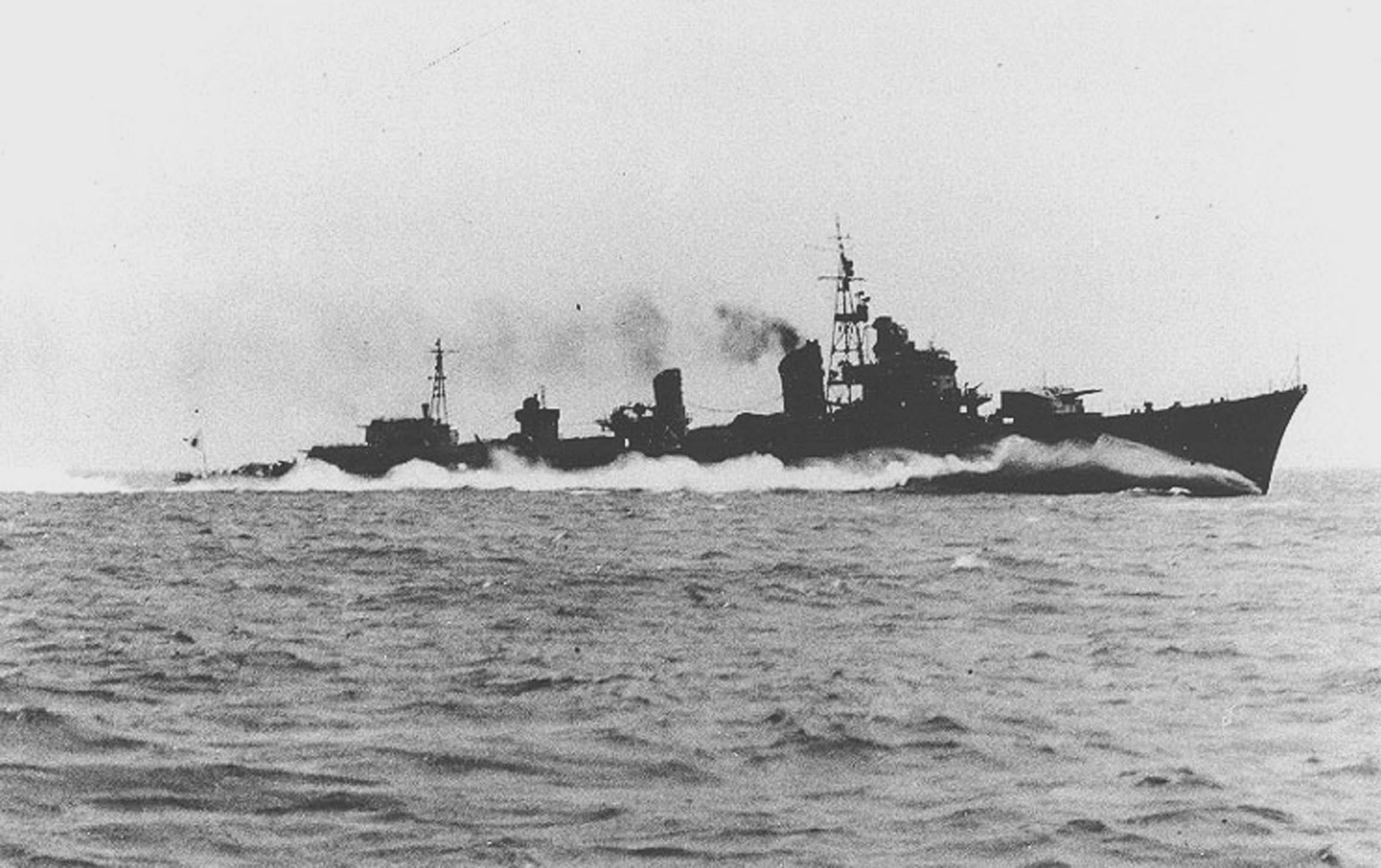
IJN Naganami
Sunk: November 11, 1944 | Found: December 1, 2017 | Depth: 827 ft.
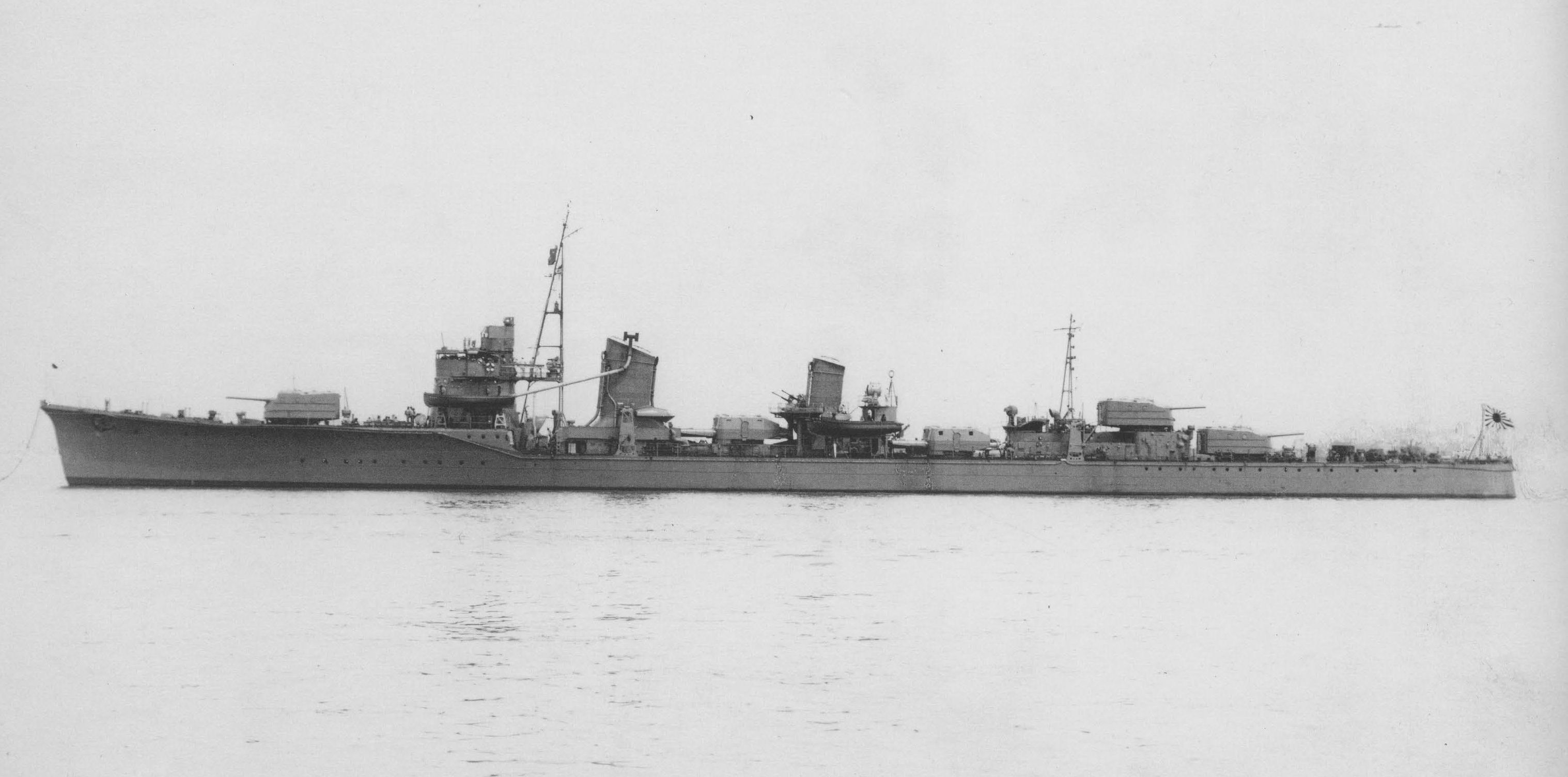
IJN Wakatsuki
Sunk: November 11, 1944 | Found: December 1, 2017 | Depth: 869 ft.

HMAS AE1
Sunk: February 14, 1914 | Found: April 4, 2018 | Depth: 984 ft.
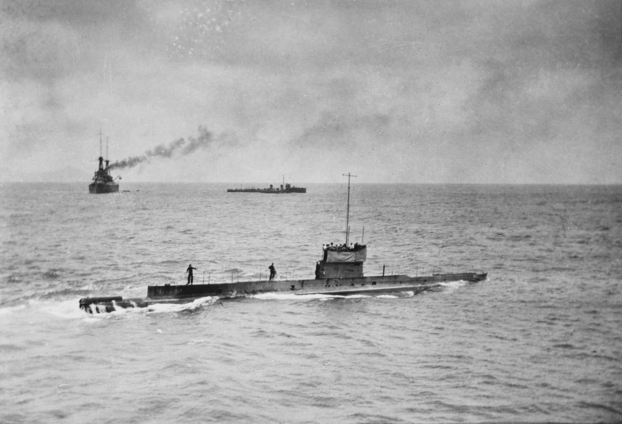
IJN Hamanami
Sunk: November 11, 1944 | Found: January 18, 2018 | Depth: 1037 ft.
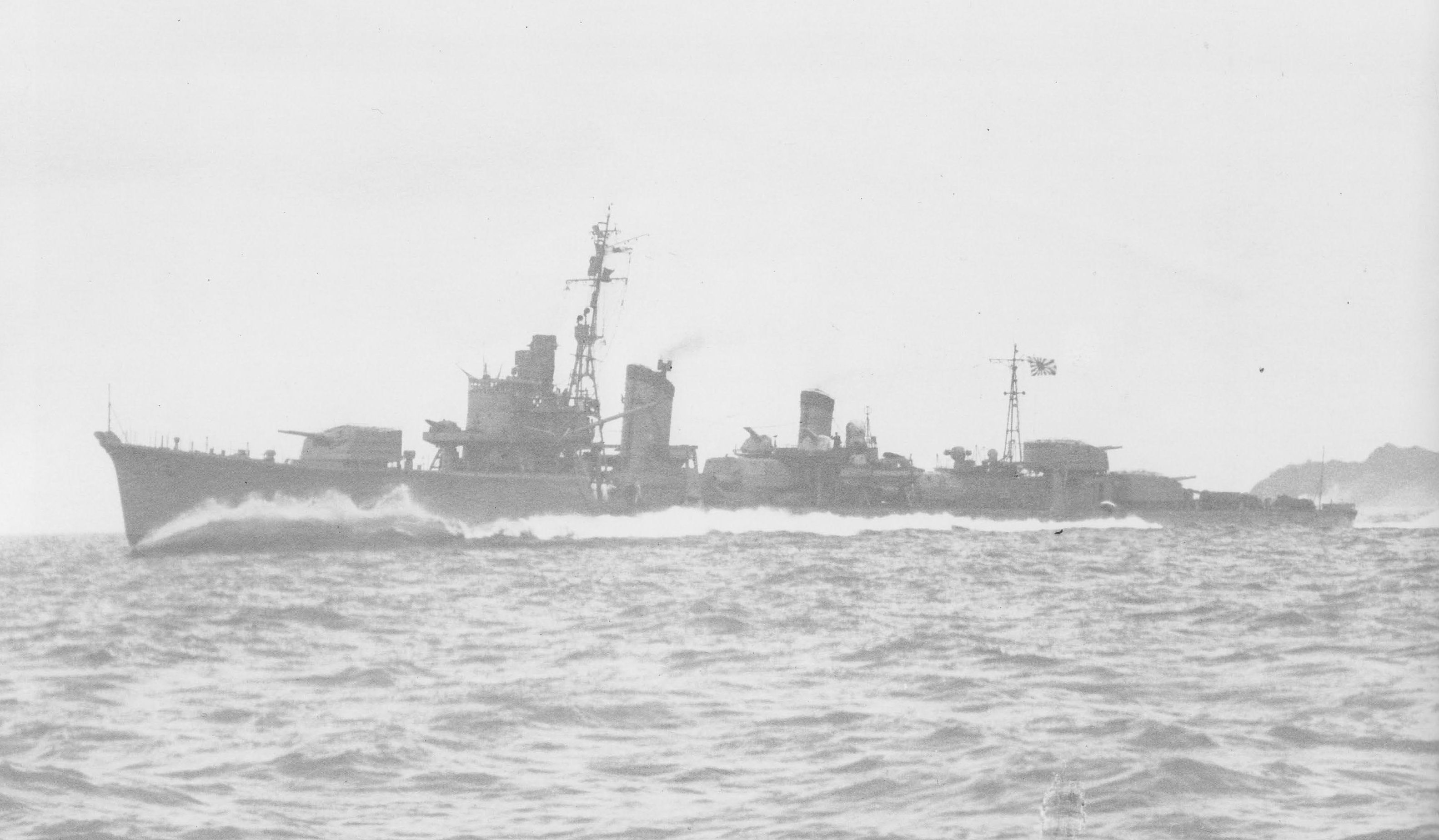
https://www.instagram.com/p/BebxSGJndDY/?utm_source=ig_web_copy_link
USS Helena
Sunk: July 6, 1943 | Found: March 24, 2018 | Depth: 2851 ft.
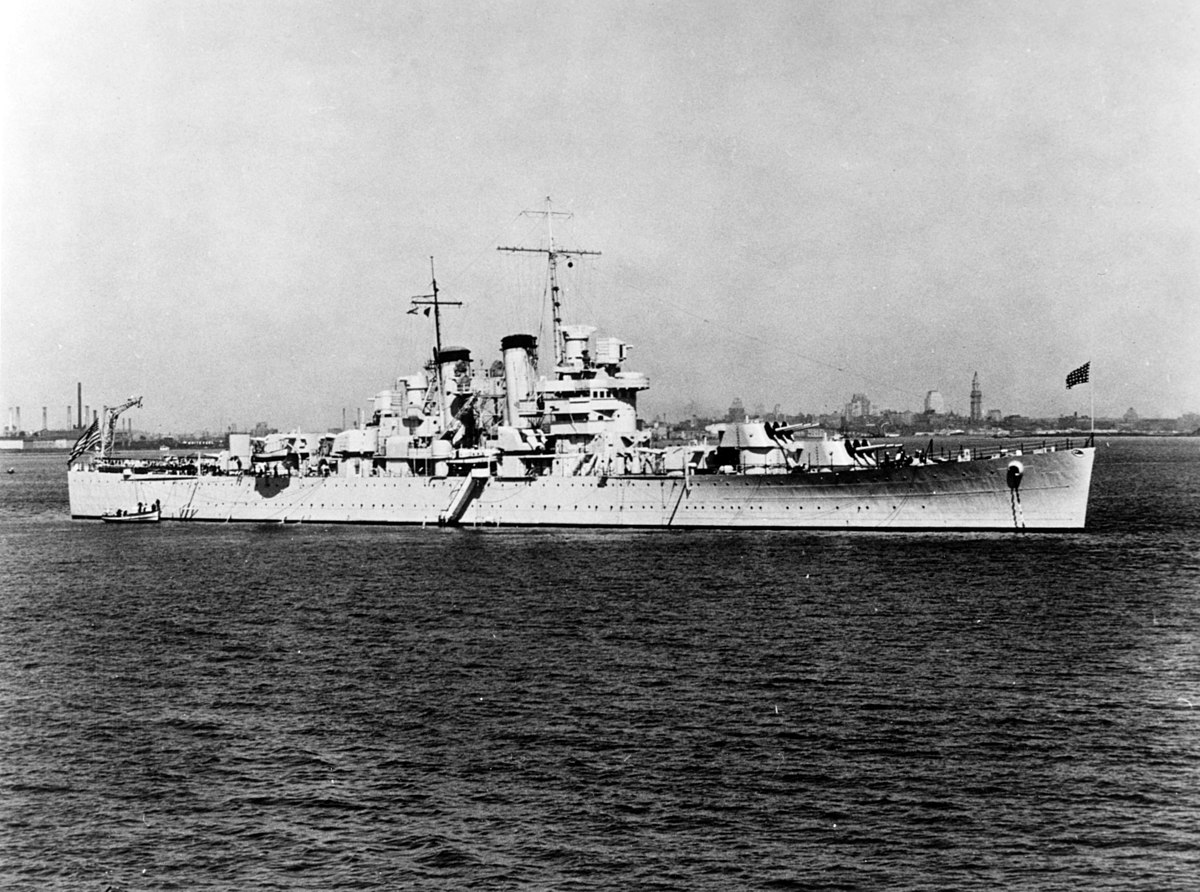
https://www.instagram.com/p/BhcFbYolIt5/?utm_source=ig_web_copy_link
IJN Hiei
Sunk: November 14, 1942 | Found: January 31, 2019 | Depth: 3231 ft.

https://www.instagram.com/p/Btg8Fo8HUtx/?utm_source=ig_web_copy_link
IJN Musashi
Sunk: October 24, 1944 | Found: March 2, 2015| Depth: 3280 ft.

USS Lexington
Sunk: May 8, 1942 | Found: March 4, 2018| Depth: 6637 ft.
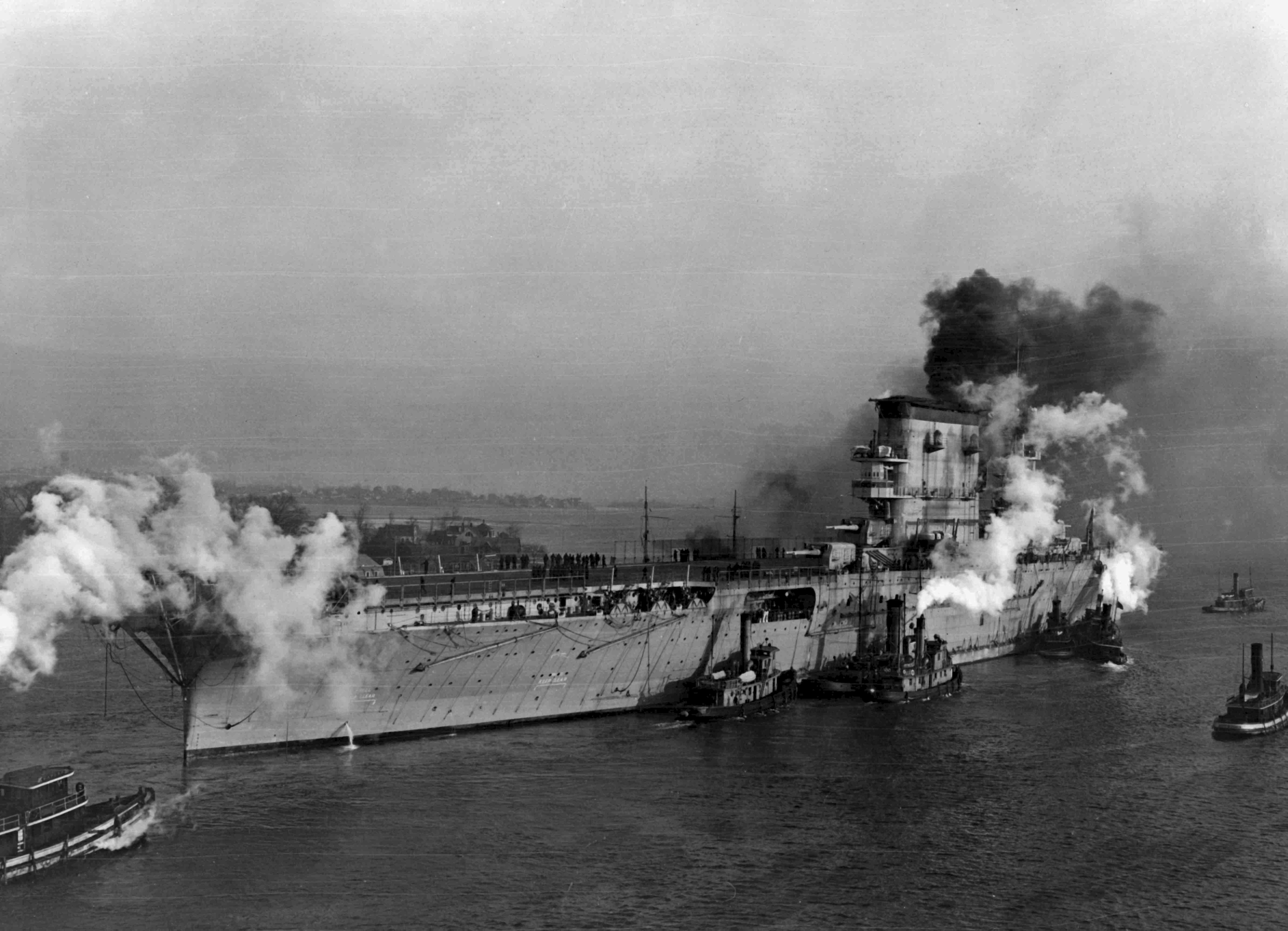
Commercial tugboats assist the U.S. Navy aircraft carrier USS Lexington (CV-2) during her transit from the Fore River Shipyard in Quincy, Massachusetts (USA), to the Boston Navy Yard for her final drydocking before her shakedown cruise. Lexington had been commissioned on 14 December 1927. | U.S. Navy Photo / Public Domain
https://www.instagram.com/p/BgAFU4YH-SZ/?utm_source=ig_web_copy_link
HMS Hood
Sunk: May 24, 1941 | Found: September, 2012 | Depth: 9186 ft.
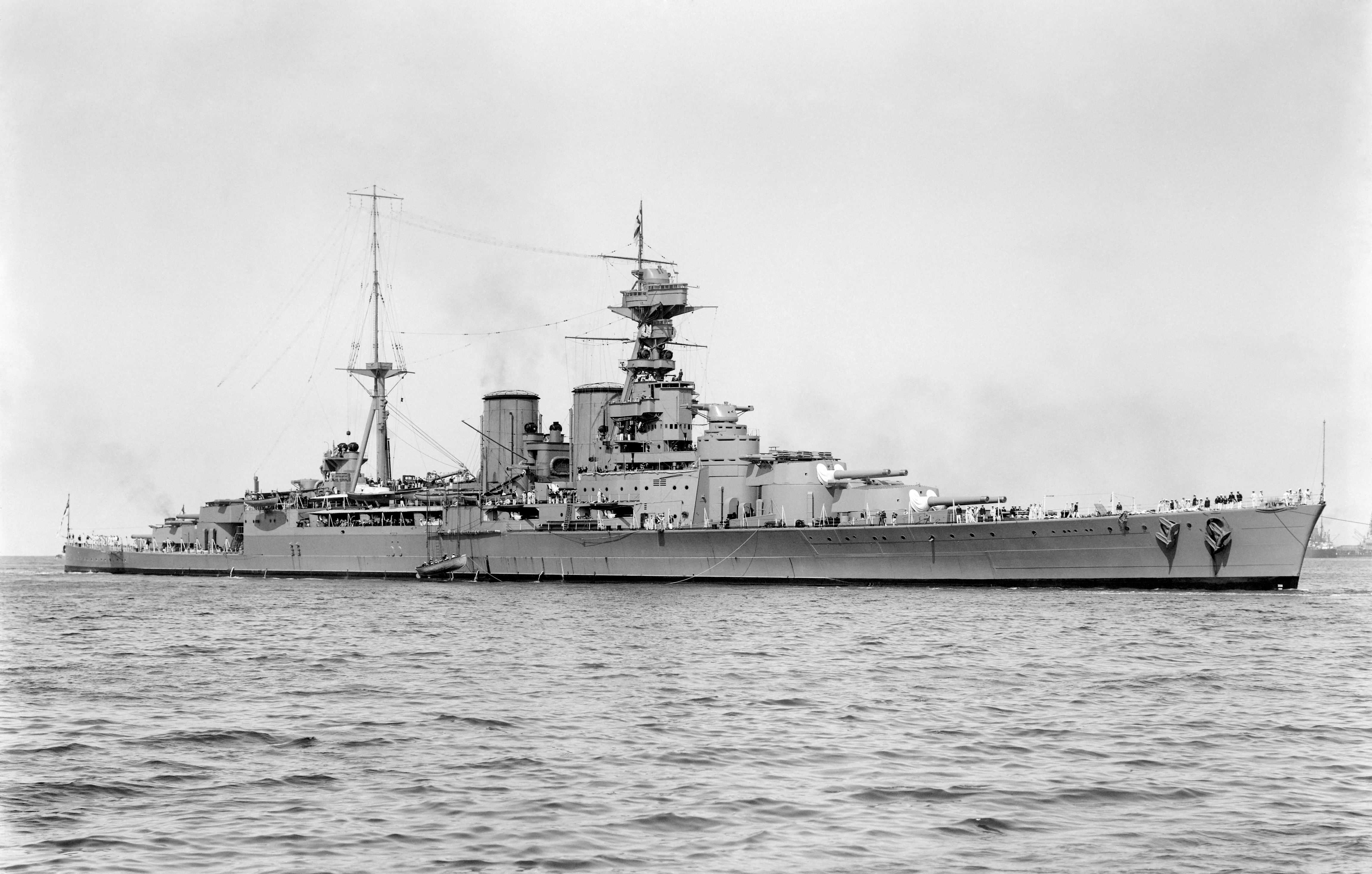
IT Artigliere
Sunk: October 13, 1940| Found: March 2017 | Depth: 12,139 ft.
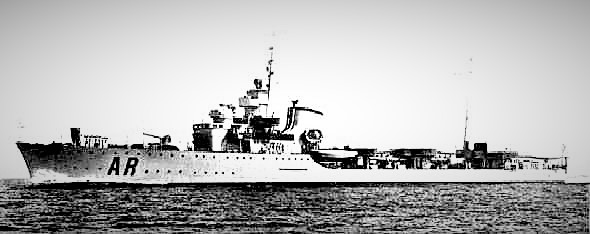
USS Juneau
Sunk: November 13, 1942 | Found: March 17, 2018 | Depth: 13,780 ft.
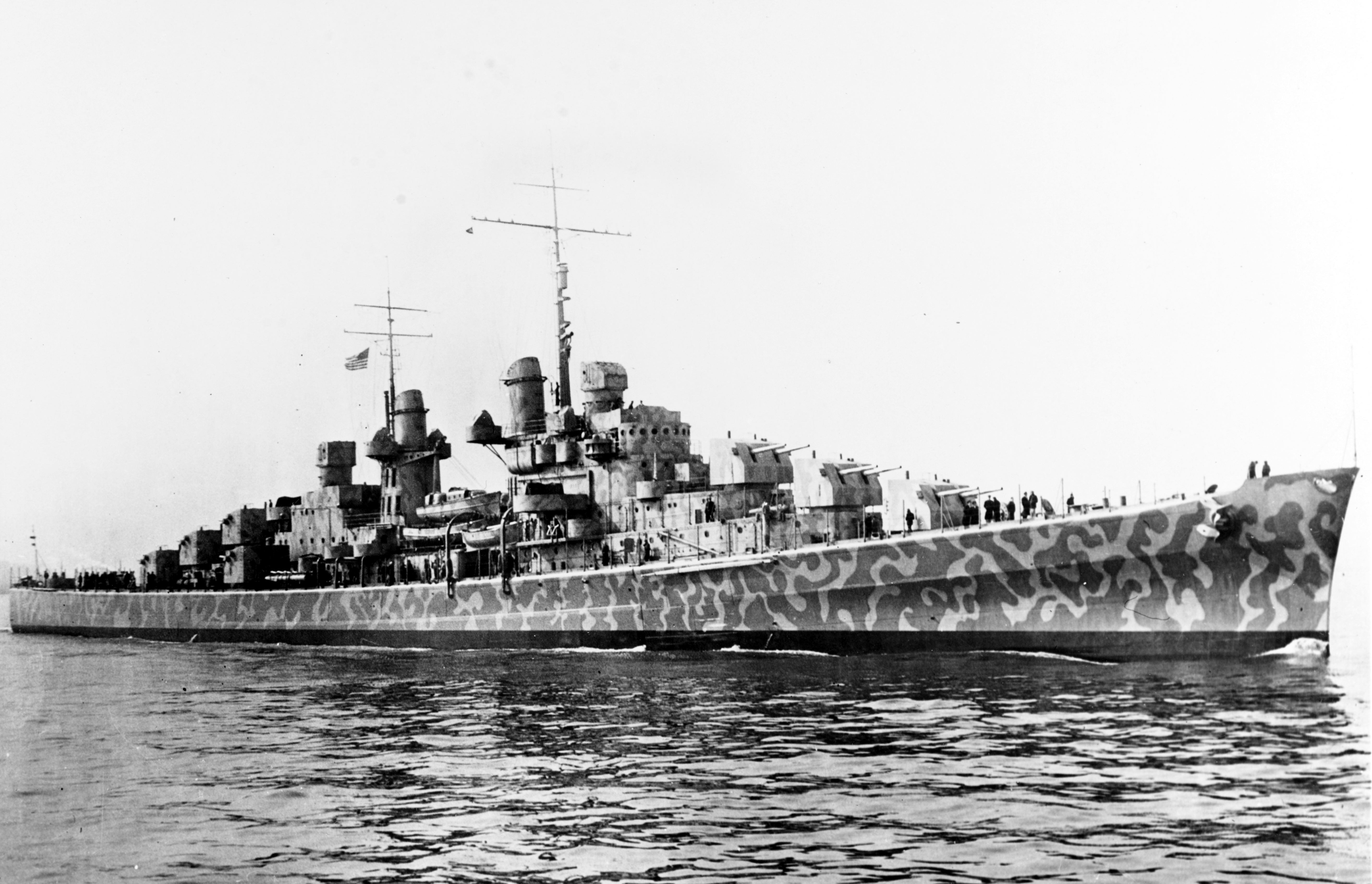
https://www.instagram.com/p/BghSQnEAXh-/?utm_source=ig_web_copy_link
USS Indianapolis (CA-35)
Sunk: July 30, 1945 | Found: August 19, 2017| Depth: 17,060 ft.
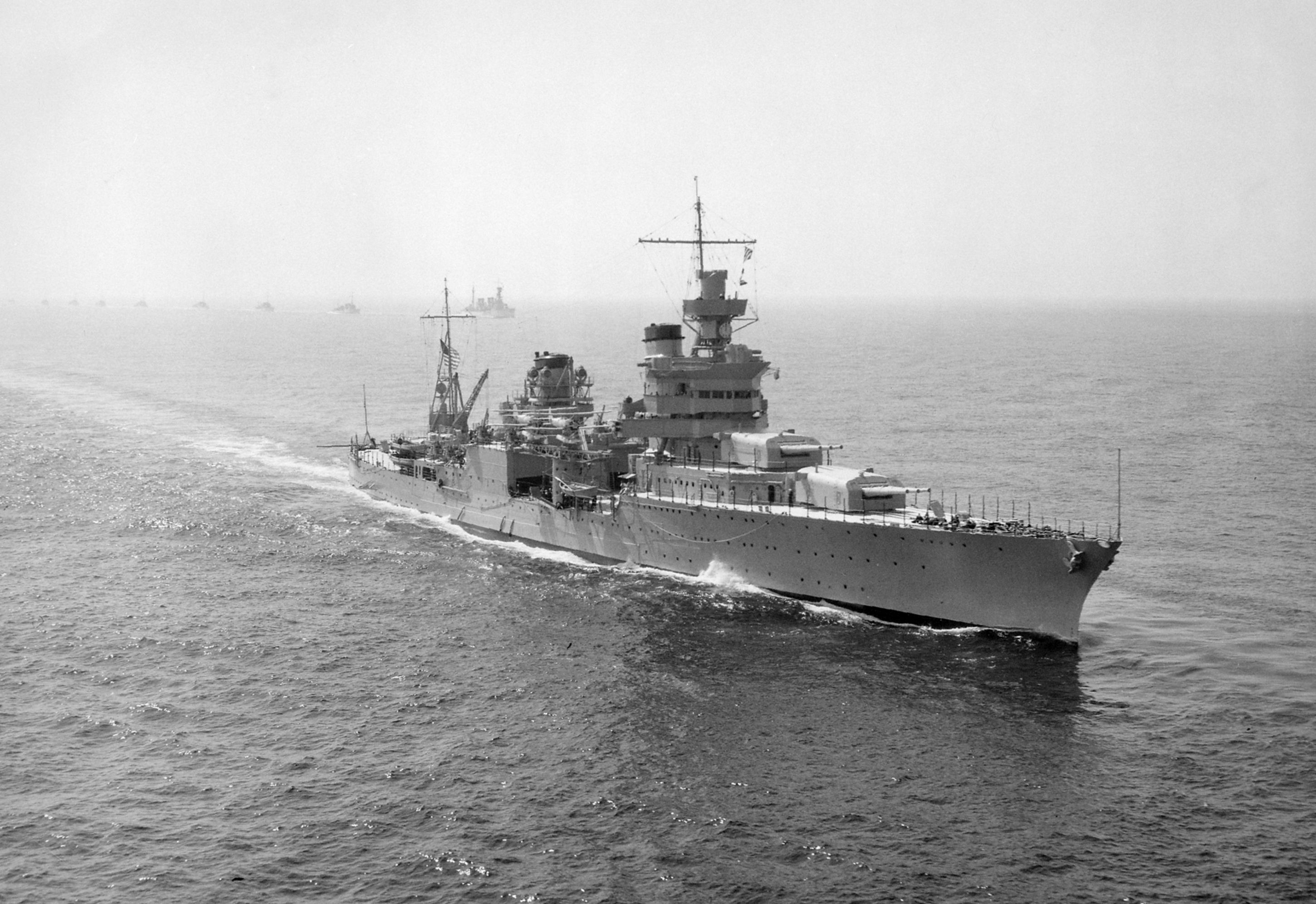
https://www.instagram.com/p/Bd6W9pxnb31/?utm_source=ig_web_copy_link
USS Hornet (CV-8)
Sunk: October 27, 1942 | Found: January 2019 | Depth: 17,716 ft.
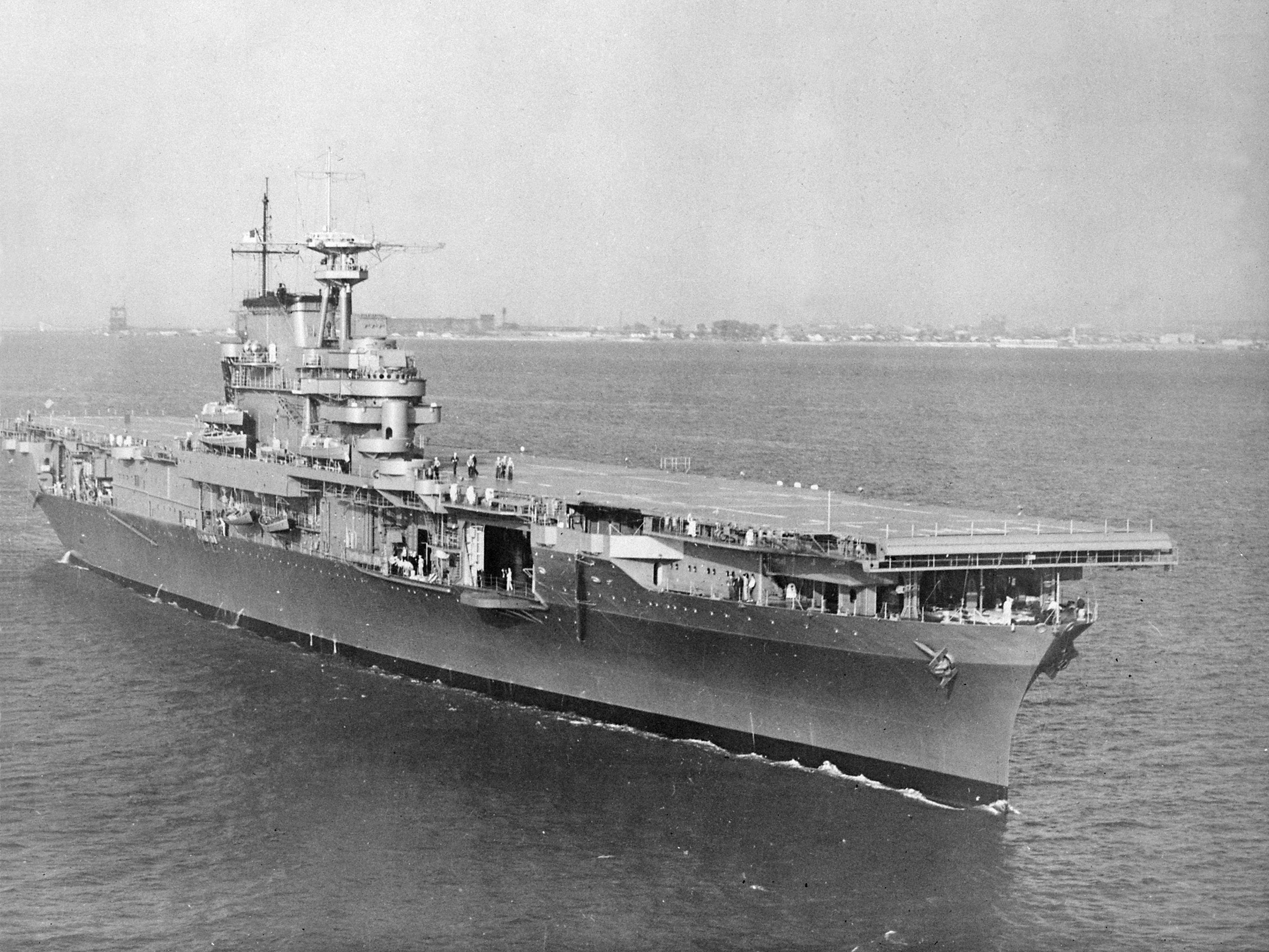
https://www.instagram.com/p/Bt0szYZnNkt/?utm_source=ig_web_copy_link
We’ve also included CBS This Morning’s coverage of R/V Petrel. You can see it in action below.












